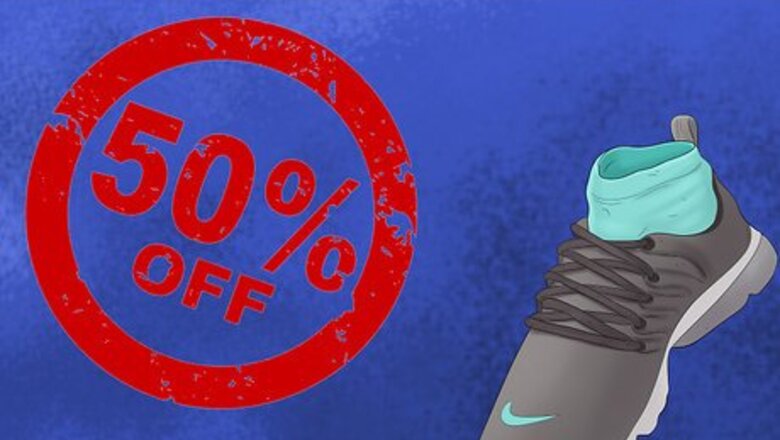
views
Petitioning the Manufacturer

Check with the brand. The manufacturer of the item might keep a discontinued line for future sales or new introductions to the market. Look for customer service information on the brand's website. For example, if your favorite pair of Nike sneakers has been discontinued, you can contact Nike to see if they provide a way for customers to purchase them directly. Search a company's website if you cannot find the discontinued product in stores. Sometimes, brands will continue to sell things online that are not available in their stores or through their retailers. Wait a while, then check again. Even if a product is all out of stock on a company's website, sometimes companies keep back a bit of extra stock to fill warranties or replace defected products, and then release it for sale if it is not needed. This can take a while... for instance, if a product has a one year guarantee, it will be at least a year before excess stock is released for sale.

Wait for special "bring back" campaigns. Brands sometimes offer discontinued products at specific times of the year for customers who want to stock up. For example, Bath & Body Works offers their discontinued scents bi-annually during their Semi-Annual Sale, and Bobbi Brown holds "Bobbi Brings Back" sales for popular cosmetics at irregular intervals. If you're not sure if your brand does bring it back campaigns, contact a customer service representative through their website (often found by clicking "Contact Us") or through a Facebook message or Tweet.

Consider directly petitioning the company. If a brand discontinued your favorite product, there's a chance you're not the only frustrated customer. Social media makes it easier than ever to connect with the company's customer base and customer service representatives. Follow the company on Twitter and Facebook. Then, tweet or post on Facebook using the company's handle or a hashtag and the company's name. It helps if you can get support from other customers. The product was likely discontinued for a reason, and a company needs to believe that bringing it back will be lucrative. On Facebook, this means you'll need to make your post public in order for both the company and other customers to see it. Ask your friends to re-tweet or share your post or to directly send their own to the company. For example, if you are hoping that Revlon will bring back their Outrageous brand of shampoo and conditioner, you might tweet: "Mourning Outrageous shampoo at every shower, all these years later. Will it ever come back @Revlon?" Be polite. Framing your request in terms of how much you love the company and want to stay loyal to it, rather than blaming the company or questioning their motives, is more likely to be successful.
Using Internet Resources
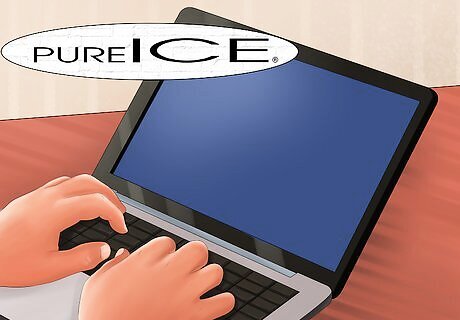
Google it. Sometimes the easiest and fastest way to locate a discontinued product for sale is the most obvious, a quick Internet search. If you are looking for a certain make, model, shade, or version of a product, include those words in your search terms. For example, if you're looking for nail polish from the company Pure Ice in the discontinued shade First Time, Google "pure ice first time nail polish." If there is a seller on Amazon, eBay, or many other retail websites that has this product listed, it is likely to appear at the top of your search results.
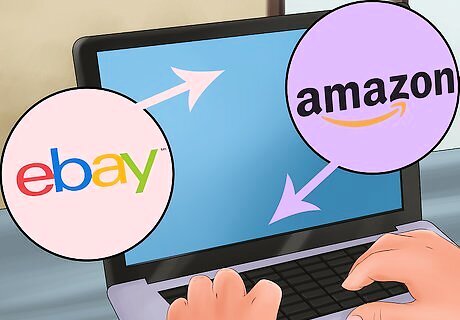
Visit websites such as eBay and Amazon. These sites provide private sellers with a way to sell their own stock of discontinued merchandise. While Googling the product's name is likely to turn up results at these websites, the search engine's algorithm means that its not always reliable, so it is best for you to conduct separate searches at each website. Compare prices and products available. Depending on the discontinued product you are looking for, there might be a large range. For example, on eBay you can find Burt's Bees discontinued products from $3 to $40. Don't just buy the first one you see; often sellers know that brand loyalists will be willing to pay more for discontinued items and jack up their prices to take advantage of your desperation. Shop around to find the best price.

Search sites that specialize in discontinued products. Online retailers offer discontinued products in specialty areas including beauty products, electronics and plastic goods. Look for sites such as Discontinuedbeauty.com or Buymebeauty.com for beauty and health products, and Discontinuednomore.com for electronics, fragrances, china and other items.

Shop in stores. Grocery stores and large retailers such as Walmart and Target often keep areas of the store dedicated to discontinued items, which are often marked down to clearance prices. Look for endcap displays (located on the end of each aisle), orange or red clearance sticker prices and advertisements that certain items are discontinued. Stock up on what you want.
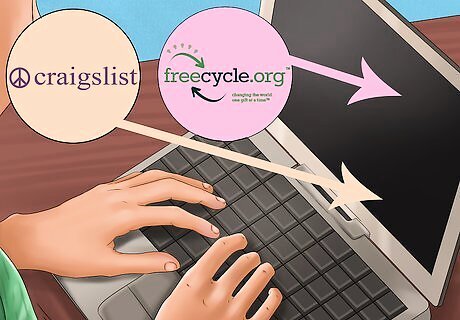
Scan classified advertisements. Ads in newspapers and online will promote products for sale that are discontinued. Check your local newspaper as well as your city or town's Craigslist site. You can also post your own ad on Craigslist or with your local city's Freecycle program (register at Freecycle.org).

Use social media. If you are searching for a discontinued product, take it to your Facebook friends and Twitter followers. Social networks are full of tips and ideas for finding what you need. You can also search Facebook for groups and pages dedicated to the brand or product type, where people swap and sell their own items. Beauty brands in particular tend to have cult followings online, and can be a goldmine for discontinued items. Just remember to shop smart, and don't purchase used items unless they can be sanitized, since cosmetics and other personal items can harbor bacteria.
Shopping Wisely
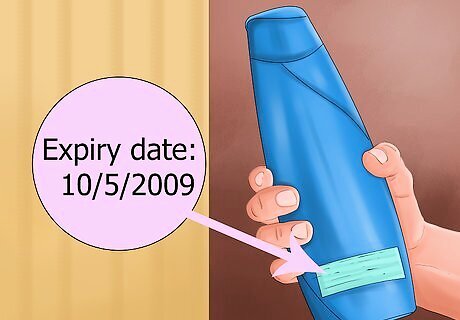
Know what discontinued items to avoid. Remember that some products are best to avoid once they have been discontinued, depending on what type of item it is and why it was discontinued in the first place. Avoid purchasing perishable or expired food or other items with expiration dates that have passed. Doing so can be dangerous to your health. Beauty items like nail polish might not technically expire, but they do change texture and consistency over time, so buying something that has been discontinued for more than a couple of years might not be a good idea. Be sure you know why the item was taken off the market in the first place. Usually items are discontinued because they are not good sellers, but some items are taken off the market due to safety concerns. These items are often "recalled" by the manufacturer. You should be able to Google the product name and variety to find out if there is any particular reason behind its discontinuance; otherwise contact the company's customer service.
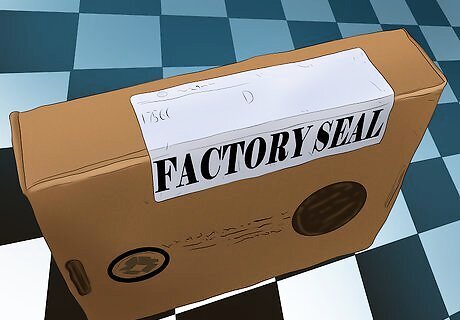
Always check for the factory seal. In order to be sure the product will work well, in most cases you should avoid purchasing used items. For some items (like health and beauty products), used products can also carry the risk of spreading germs that carry disease. If you purchase a discontinued item in store, at a garage sale, or at a flea market, be sure to check that the product is still sealed. On websites, be sure the product description says "sealed," "factory sealed," or "unopened." If it does not specify, contact the seller before purchasing. In some cases, you can sanitize a used beauty product. This will only work for products that are solid like solid perfume, lipstick, blush, eyeshadow, and some others, but it could also change the texture or consistency of the product, so do so at your own risk. To sanitize solid perfume or lipstick, dip a cotton pad in rubbing alcohol and wipe off the entire exposed surface. To sanitize solid eyeshadow or blush, wipe off the top layer of the exposed surface with a tissue, then spritz with rubbing alcohol from a spray bottle and let air dry.

Stock up on limited edition products. If your favorite product is manufactured as "limited edition" or "limited time only," that means the manufacturer plans to discontinue it. Stocking up now will ensure that you have a stash until you can find a replacement. Some brands also announce when they plan to discontinue a product line, so subscribe to favorite brand's e-mails and follow them on Facebook and Twitter to keep abreast of changes to their product lines, stocking up when necessary.



















Comments
0 comment